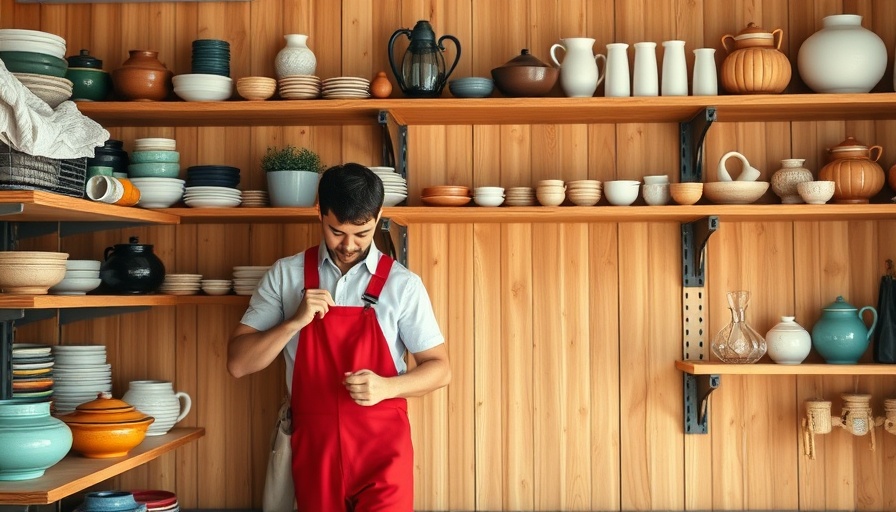
Finding Joy in Cooking: How to Foster Harmony in the Kitchen
The kitchen is often viewed as the heart of the home, where culinary delights are crafted, celebrations are hosted, and family connections deepen. Yet, it can also be a battleground for household disagreements, often flaring up over seemingly trivial tasks like dishwashing or food preparation. To cultivate an atmosphere of cooperation and tranquility, here are some researched tips to help draw out the best of kitchen dynamics.
Letting Go of Control: Embrace Different Methods
One of the biggest triggers for kitchen disputes is the tendency to micromanage how tasks are handled. Understanding that everyone has their methods is vital. Unless you're facing a health risk such as cross-contamination, allowing others to handle their tasks in their own way can lead to a more harmonious cooking environment. This not only reduces arguments but also promotes a sense of respect and autonomy among housemates or family members.
Set Clear Responsibilities: Define Each Person’s Role
Establishing who is responsible for what in the kitchen helps prevent misunderstandings. Whether it’s cooking dinner, washing dishes, or taking out the trash, when everyone knows their duties, there's less room for resentment. It might be helpful to create a chore chart that everyone can refer to, ensuring accountability. This system can be particularly effective in larger households or shared living spaces, where multiple cooks may cause chaos.
Incorporating Flexibility: Adapt to Changes
Life is unpredictable, and so are kitchen routines. Be prepared to adapt your assigned tasks as schedules shift or plans change. For example, if a housemate has a busy week, offering to take over their chores temporarily can build goodwill and cooperation. This flexible approach fosters a collaborative spirit, reinforcing relationships built in the shared space of the kitchen.
Cooking Together: Strengthening Bonds Through Shared Efforts
Instead of isolating tasks, consider cooking together. This can transform a chore into a bonding experience, allowing you to share recipes, learn new techniques, and enjoy each other’s company. Working side by side can lead to joyous conversations and laughter, enhancing connections just as much as the meals you create together.
Respect Personal Space: Balancing Independence with Togetherness
While shared cooking can be delightful, it’s essential to maintain that personal space. We all have different comfort levels when it comes to how much help we want or need. Recognizing and respecting each other's boundaries will ensure that everyone feels valued and heard, contributing to a more peaceful kitchen dynamic overall. Be mindful of personal cooking styles and find ways to support each other without stepping on toes.
Incorporate Feedback: Open Lines of Communication
Constructive communication can significantly improve kitchen harmony. If something bothers you—like the way the dishes are stacked in the drying rack—bring it up gently. Encourage open feedback as well, and be ready to listen to others’ perspectives. Creating a culture of communication ensures that grievances can be addressed without escalation, fostering a more positive kitchen experience for everyone.
Set Up a Calm Atmosphere: Mind Your Kitchen Environment
Your kitchen’s ambiance impacts your mood and interactions. Incorporate elements that create a relaxed atmosphere—soft music, pleasant scents from spices, or an organized workspace can contribute to a more enjoyable cooking atmosphere. A harmonious kitchen environment encourages cooperation and minimizes the likelihood of disputes.
Celebrate Culinary Achievements: Share The Rewards
Recognizing the delicious results of your collaborative efforts strengthens bonds and adds excitement to the kitchen experience. Celebrate achievements, whether big or small—this could be through casual family dinners or inviting friends to sample your culinary creations. Acknowledging each other's contributions reinforces the harmony and positivity within your shared space.
The kitchen need not be a source of conflict; rather, it can be a thriving space of collaboration and enjoyment with the right measures in place.
 Add Row
Add Row  Add
Add 




Write A Comment